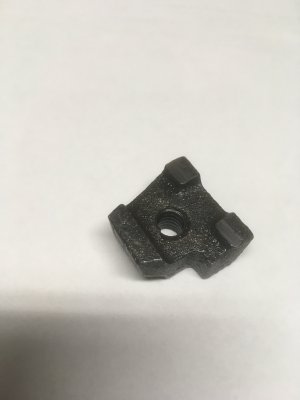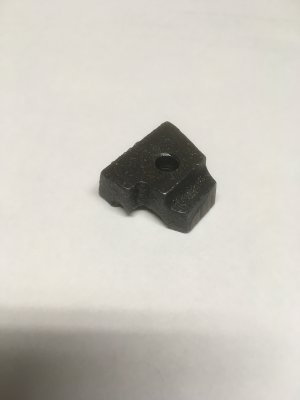Did you ever get any info on the odd symbols/numbers under the headstock? Serial # should be on front flat (between bearing ways) at the tailstock end. That was missing, wasn't it?
The decision as to how far to go has to be made early on. I find that once you get into it to a point, you hate to take any shortcuts. Gotta make things as good as you can. Years back, I had a Logan 957 and took some of the castings to a shop to sandblasted. Otherwise I just couldn't get through all the crud and wasn't set up to use the really nasty chemicals. Don't recall if I taped the ways and had the rest of the bed sandblasted. But it turned out pretty good, and was really easy to prep and paint afterwards.
The decision as to how far to go has to be made early on. I find that once you get into it to a point, you hate to take any shortcuts. Gotta make things as good as you can. Years back, I had a Logan 957 and took some of the castings to a shop to sandblasted. Otherwise I just couldn't get through all the crud and wasn't set up to use the really nasty chemicals. Don't recall if I taped the ways and had the rest of the bed sandblasted. But it turned out pretty good, and was really easy to prep and paint afterwards.


